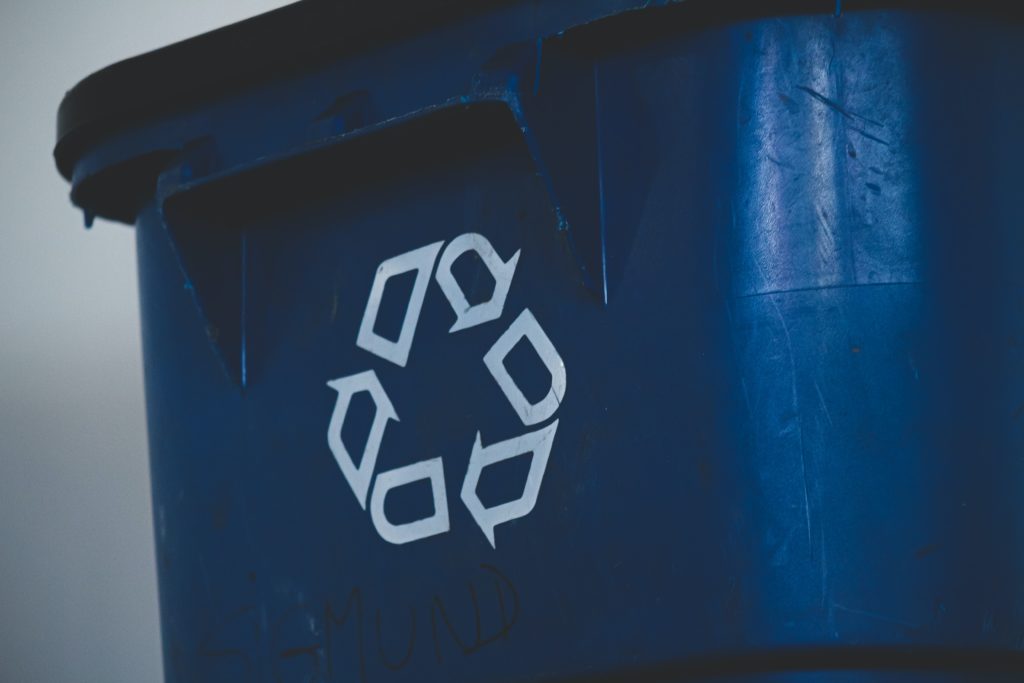Jim Hardisty, MD of Goplasticpallets.com, gives his take on what the year ahead might hold for the plastic pallet industry
Sustainability
I think that 2022 will be dominated by sustainability. How can supply chains become more sustainable? How will organisations reduce their carbon footprint? These will be key questions as businesses consider their environmental strategies.
I expect circularity to be a big topic this year. But I hope it is one that organisations are committed to adopting and not just talking about or paying lip service to.
Buying a plastic pallet that lasts 10 years is much more sustainable than buying alternatives that need to be replaced more frequently. The increased resources needed to make cardboard or wooden pallets, and then the question of what to do with them once they have come to the end of their use, does not apply to our plastic pallets.
Our plastic pallets are not contributing to deforestation, leaving trees to capture carbon. 96% of our plastic pallets are made from recycled materials and all of our products can be recycled at the end of their long life. Reusable and recyclable products are the ideal way to help businesses minimise their impact on the environment.
This is why returnable transit packaging offers a long-term solution.
Plastic Packaging Tax
In April, the government will introduce a new tax that will apply to plastic packaging that contains less than 30% recycled material. The tax will cost businesses £200 per tonne.
Over the next few months, I expect Plastic Packaging Tax to dominate the packaging conversation. At the moment, there are still a few details to iron out, but one thing we do know is that plastic packaging made entirely from recycled materials will be exempt.
Our New Cabka-IPS nestable pallets are made from recycled HDPE, which means they will certainly be exempt from the tax.
During the next few months, I expect more information on how the government will reinvest the money will be made available. But perhaps it could be used to help fund research and development into more recycled packaging, or even used to build more UK-based recycling plants.
More automation and bigger warehouses
The rise of automated warehouses was something we heard about last year. Predictions suggest that automation and robotics would execute 85 million manual jobs over the next five years. This increase could partly be due to the surge in online shopping.
As online sales increase year on year, I expect we will see more businesses, particularly online retailers, introducing more automation and acquiring more warehouse space to help them facilitate high-paced picking to complete orders.
We are in a great position to help support the growth of automation with our medium and heavy-duty plastic pallets and boxes, as they perform incredibly well time and time again.
Recycling
Along with sustainability, I think recycling will have a prominent feature in 2022. Last year, we saw more retailers and supermarkets joining soft plastic recycling schemes, encouraging shoppers to bring back soft plastics that are not commonly collected by local councils that recycle packaging.
I think this trend will continue into 2022, with more retailers joining the scheme. Again, we are in a great position to help retailers transport soft plastics to recycling centres using our large containers and boxes. We also promise to collect back all of the products we supply, so that we can recycle them responsibly and create new plastic pallets.
Final thought
My final thought for 2022 is to encourage everyone to use plastics responsibly! Where possible, avoid using single-use plastic products and opt for multi-use plastic alternatives. There are thousands of great multi-use plastic products in our homes, cars, or on our desk – everyday essential items, all made from plastic and doing an excellent job over the long term. Let’s reduce, reuse, and recycle!













